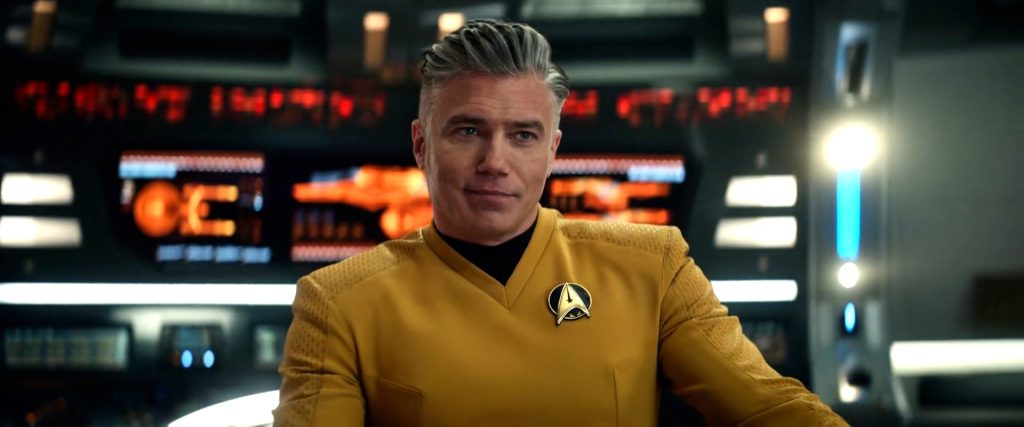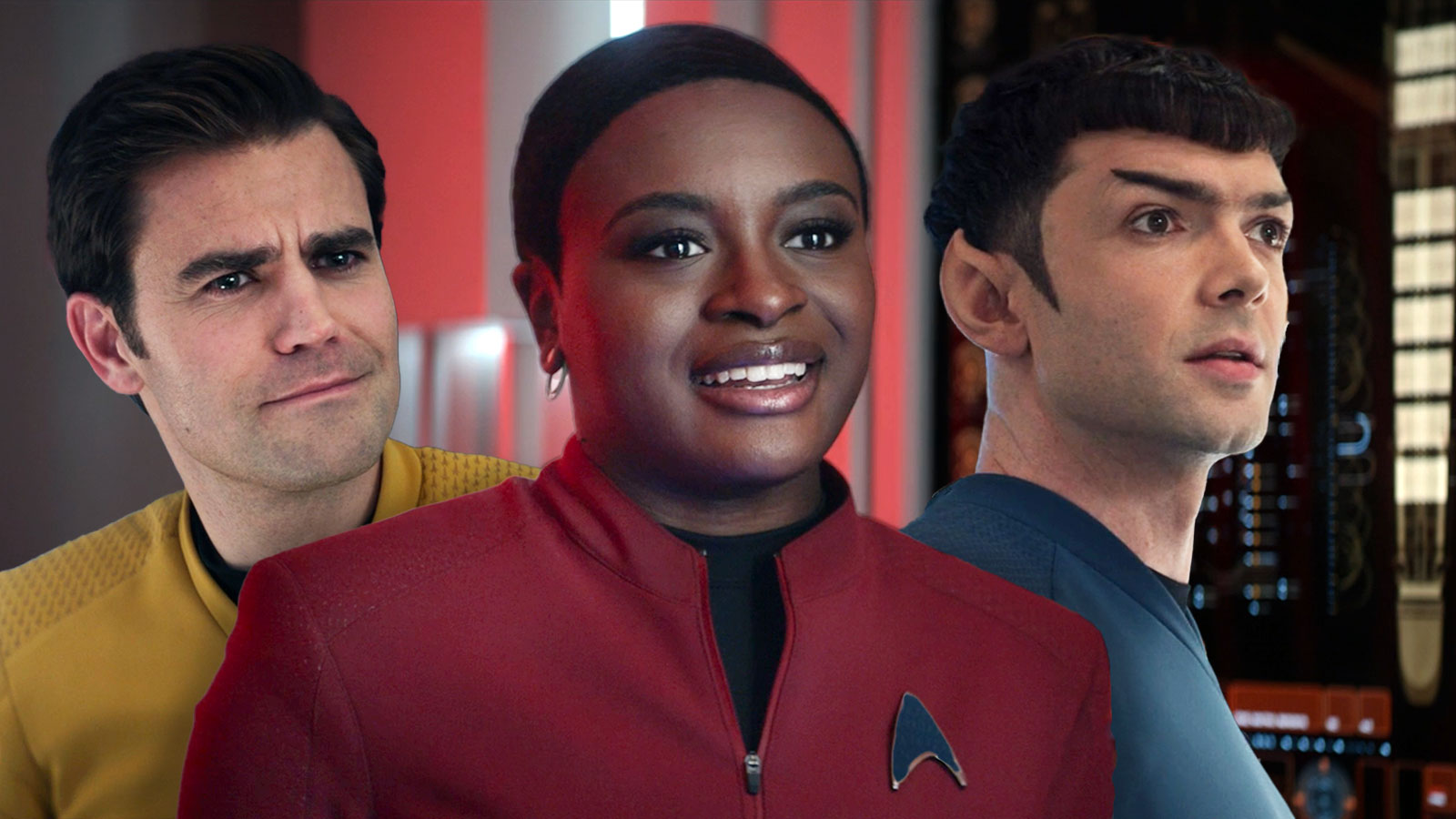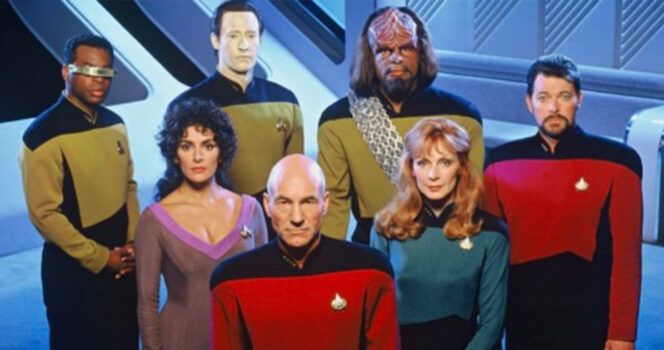Star Trek: The Next Generation (TNG) was more than just a television show—it was a groundbreaking sci-fi epic that captivated audiences worldwide. Premiering in 1987, the series carried the spirit of exploration, philosophy, and deep storytelling, quickly becoming a cultural phenomenon. With its legendary characters, thought-provoking narratives, and futuristic vision, TNG set the standard for modern science fiction television.
Even decades after its finale in 1994, the legacy of Star Trek: The Next Generation endures, with fans still discovering fascinating behind-the-scenes facts. From unexpected friendships to unique production challenges, here are some of the most interesting secrets from the beloved series.
A Cast That Became a Family
For those unfamiliar, Star Trek: The Next Generation follows the crew of the USS Enterprise-D as they explore uncharted territories, solve intergalactic mysteries, and tackle complex moral dilemmas. Set a century after the original Star Trek series, TNG introduced a new generation of characters, each bringing something unique to the table.
One of the most heartwarming aspects of TNG was the genuine friendships that formed among the cast. Patrick Stewart (Captain Jean-Luc Picard) and Jonathan Frakes (Commander Riker) developed a strong bond that lasted well beyond the series. They frequently meet up, share laughs at conventions, and support each other’s projects.
When LeVar Burton (Geordi La Forge) married in 1992, Brent Spiner (Data) was his best man, and Patrick Stewart, Jonathan Frakes, and Michael Dorn (Worf) served as ushers. This camaraderie translated on-screen, contributing to the chemistry that made the show so memorable.

The Unexpected Casting of Captain Picard
Gene Roddenberry, the creator of Star Trek, originally had a different vision for Captain Picard. He wanted a younger actor with a full head of hair, but producer Robert H. Justman saw something special in Patrick Stewart.
Stewart’s talent won over the producers, but there was a humorous twist. At his first meeting with Paramount executives, he was advised to wear a hairpiece to avoid immediate rejection. After the meeting, the studio agreed to cast him—under one condition: he had to ditch the toupee!
When the cast was first announced, some media outlets labeled Stewart as an “unknown British Shakespearean actor.” Brent Spiner had fun with this, posting a sign on Stewart’s dressing room that read, “Beware: Unknown British Shakespearean Actor!”
The Infamous Starfleet Uniform
The iconic Star Trek uniforms may have looked sleek on screen, but in reality, they were incredibly uncomfortable. The original one-piece spandex suits were so tight that Patrick Stewart’s agent threatened to sue Paramount if they caused muscle or joint damage.
By season three, the crew upgraded to a more comfortable two-piece design, making life on set much easier.

The Mysterious Case of Worf’s Forehead
Michael Dorn underwent an extensive two-hour makeup process each time he suited up as the fierce Klingon warrior, Worf. However, during the second season, his prosthetic forehead mysteriously disappeared. The production team scrambled to create a replacement, leading to a subtle change in Worf’s appearance that eagle-eyed fans may have noticed.
Wil Wheaton’s Bold Response to a Pay Raise Debate
Wil Wheaton, who played Wesley Crusher, once found himself in a salary negotiation that didn’t go as planned. Instead of a pay raise, producers offered him a fictional promotion—his character would become a lieutenant. Wheaton’s response? “So what should I tell my landlord when I can’t pay my rent? ‘Don’t worry, I just made Lieutenant’?”
Geordi’s VISOR: A Real Challenge
Geordi La Forge’s VISOR, which allowed him to “see” despite his blindness, was a key part of his character. However, for LeVar Burton, wearing the device was anything but comfortable. Made from a modified car air filter and a hairband, the VISOR caused headaches and had to be tightly secured to his head. Despite the discomfort, Burton embraced the role, and the VISOR became an iconic piece of Star Trek history.

A Surprise Guest Star That Almost Happened
TNG attracted many celebrity fans who wanted to make guest appearances. Whoopi Goldberg successfully joined the cast as Guinan, but another star almost made it onto the show—Robin Williams. Williams was a huge Star Trek fan and was originally set to play the time-traveling historian Berlinghoff Rasmussen in the episode “A Matter of Time.” Unfortunately, scheduling conflicts with Hook (1991) prevented him from taking the role, which ultimately went to Matt Frewer.
Riker’s Legendary Beard
Jonathan Frakes, who played Commander Riker, returned for the second season with a beard he had grown during the writers’ strike. The producers loved it and asked him to keep it. Riker’s beard became so iconic that even the mischievous Q later joked about it, saying, “Riker was more fun before the beard!”

The Cast’s Hair Secrets
Hair styling played a bigger role in TNG than most fans realize. Marina Sirtis (Counselor Troi) wore a wig for most of the series, while Gates McFadden (Dr. Crusher) had to switch to expensive real-hair wigs in later seasons to maintain continuity. The lighting on set caused constant hair issues, making it a surprisingly tricky aspect of production.

Patrick Stewart’s Initial Doubts
Patrick Stewart was so convinced that Star Trek: The Next Generation would fail that he didn’t even unpack his bags for the first six weeks of filming. However, the show became a massive success, bringing in over $90 million annually from advertising revenue by 1992. Each episode’s budget climbed to nearly $2 million, making TNG not only a cultural hit but a financial powerhouse.
A Legacy That Lives On
With 178 episodes spanning seven seasons, Star Trek: The Next Generation became a defining series in television history. It wasn’t just about space exploration—it was about humanity, philosophy, and the boundless potential of the future.
Do you have any fun memories or hidden facts about the show? Share your thoughts and spread the word by sharing this article!
